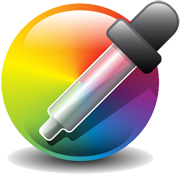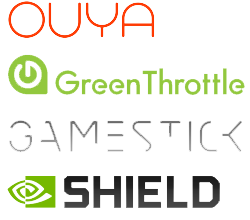
As the “freemium” app monetization strategy has grown in popularity, many developers have encountered the same problem: how can we give away fully-unlocked copies of our app to reviewers or friends? Apple gives developers 100 free promo codes for each new version of an app to hand out, but Google Play does not, and even so those codes only help if your app doesn’t unlock features via in-app purchase (“IAP”). As of now there is no way for us to hand out IAP promo codes (though there are reports that this may change). To make matters worse, if you try to create your own system for unlocking features, the odds are very good that your app submission will be rejected by Apple’s reviewers. To the best of my knowledge, there’s nothing stopping you from creating your own IAP promo code system on Android, but who has time to create a whole menu system for unlocking content? Fortunately there is an easy way to unlock content on both iOS and Android simultaneously, with very little change to your code – and since this method is completely invisible, it does not trigger an App Store rejection! Read on to find out how… READ MORE »





